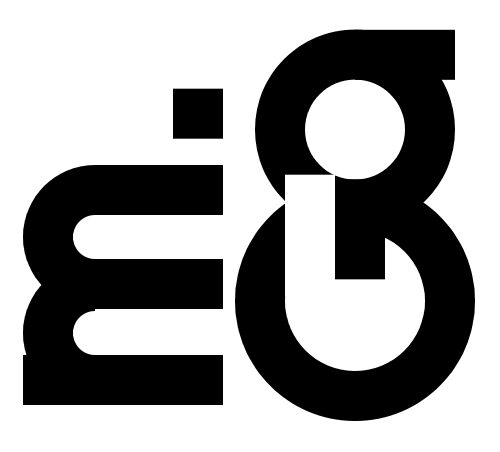Apple’s recent research paper “The Illusion of Thinking” has sent shockwaves through the AI community, claiming that leading reasoning models from OpenAI, Anthropic, and Google suffer from “complete accuracy collapse” when faced with complex problems. While the paper presents itself as objective scientific inquiry, a closer examination reveals methodological flaws so glaring that one must question whether this is genuine research or strategic positioning by a company that has fallen behind in the AI race.
The Claims vs. The Reality
Apple’s researchers tested models like OpenAI’s o3, Claude 3.7 Sonnet, and DeepSeek-R1 on puzzle environments including Tower of Hanoi and River Crossing problems. Their dramatic conclusion? These supposedly advanced reasoning models don’t actually reason—they just create an “illusion of thinking” before collapsing when problems become too complex.
But here’s where things get interesting. The AI community’s response has been swift and devastating to Apple’s methodology. The critical paper “The Illusion of the Illusion of Thinking” by A. Lawsen (Open Philanthropy) and C. Opus (Claude Opus by Anthropic) exposed fundamental flaws that render Apple’s conclusions questionable at best.
Methodological Meltdown
The criticisms are damning. First, Apple’s Tower of Hanoi experiments systematically exceeded model token limits at the exact points where they claimed “reasoning collapse” occurred. Models were literally running out of space to continue their solutions, not failing to reason. When researchers prompted models to generate compact Lua functions instead of exhaustive move lists, they achieved “very high accuracy” on the same problems Apple claimed were impossible.
Even more problematic, Apple’s River Crossing benchmarks included mathematically impossible puzzles—problems with no solutions due to insufficient boat capacity. They then scored models as failures for not solving these unsolvable problems. As critics noted, this is equivalent to “penalizing a SAT solver for correctly returning ‘unsatisfiable’ on an unsatisfiable formula.”
The Strategic Context
This raises uncomfortable questions about Apple’s motivations. The company has been notably absent from the reasoning model revolution that has defined 2024-2025 AI development. While OpenAI launched o1, Anthropic released Claude 3.7 Sonnet with thinking capabilities, and Google introduced Gemini Thinking, Apple has been conspicuously quiet on the reasoning front.
Could this paper be less about scientific discovery and more about casting doubt on competitors’ achievements while Apple develops its own approach? The timing suggests as much. When you’re losing a race, one strategy is to question whether the race itself is valid.
The Expertise Divide
What’s particularly concerning is how this research might mislead those without deep technical understanding. Headlines screaming about AI reasoning being an “illusion” naturally grab attention and can easily be interpreted as definitive proof that current AI capabilities are fundamentally flawed.
For industry veterans and technical experts, the methodological issues are obvious red flags. We can parse the difference between experimental constraints and actual reasoning limitations. We understand that token limits, rigid evaluation frameworks, and impossible puzzles don’t necessarily tell us anything meaningful about AI capabilities.
But for decision-makers, investors, and the general public, Apple’s dramatic conclusions risk creating a false narrative about the current state of AI reasoning—a narrative that conveniently positions Apple as the clear-eyed realist while everyone else chases mirages.
The Bigger Picture
This doesn’t mean reasoning models are perfect or that their limitations shouldn’t be studied. Rigorous evaluation of AI capabilities is crucial for the field’s advancement. But research quality matters, especially when it comes from a company with Apple’s influence and resources.
If Apple genuinely has superior approaches to AI reasoning in development—methods that address the limitations they’ve identified—then this research could represent valuable groundwork. The paper includes respected researchers like Samy Bengio, suggesting serious technical work is happening behind the scenes.
However, the glaring methodological flaws undermine the credibility of their conclusions and suggest motivations beyond pure scientific inquiry. In a field where perception often drives investment and development priorities, such research carries responsibilities that extend far beyond academic debate.
The AI community deserves better than research that appears designed more to serve competitive positioning than advance our understanding of artificial intelligence capabilities and limitations. Interestingly, even AI models themselves—as evidenced by Claude Opus co-authoring the critical response—are participating in the defense of reasoning capabilities against methodologically flawed attacks.

Leave a Reply